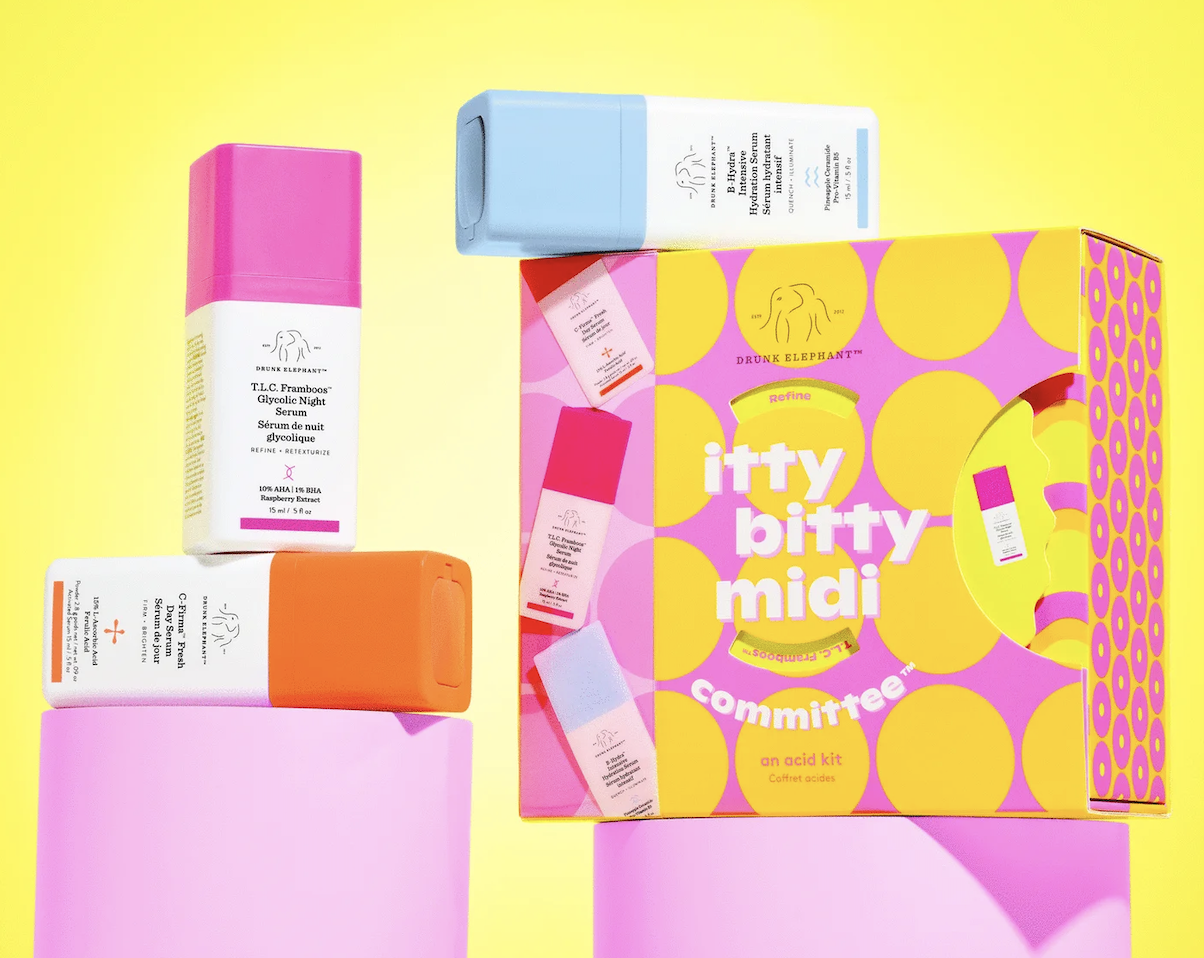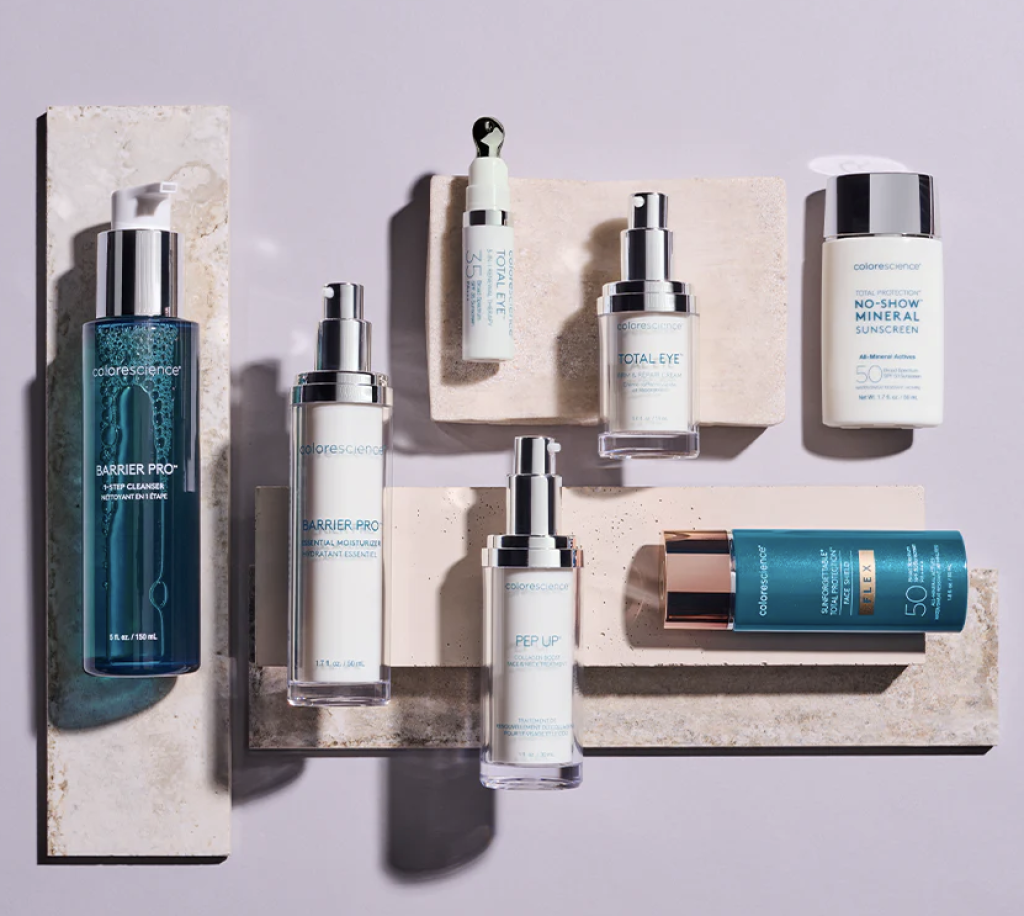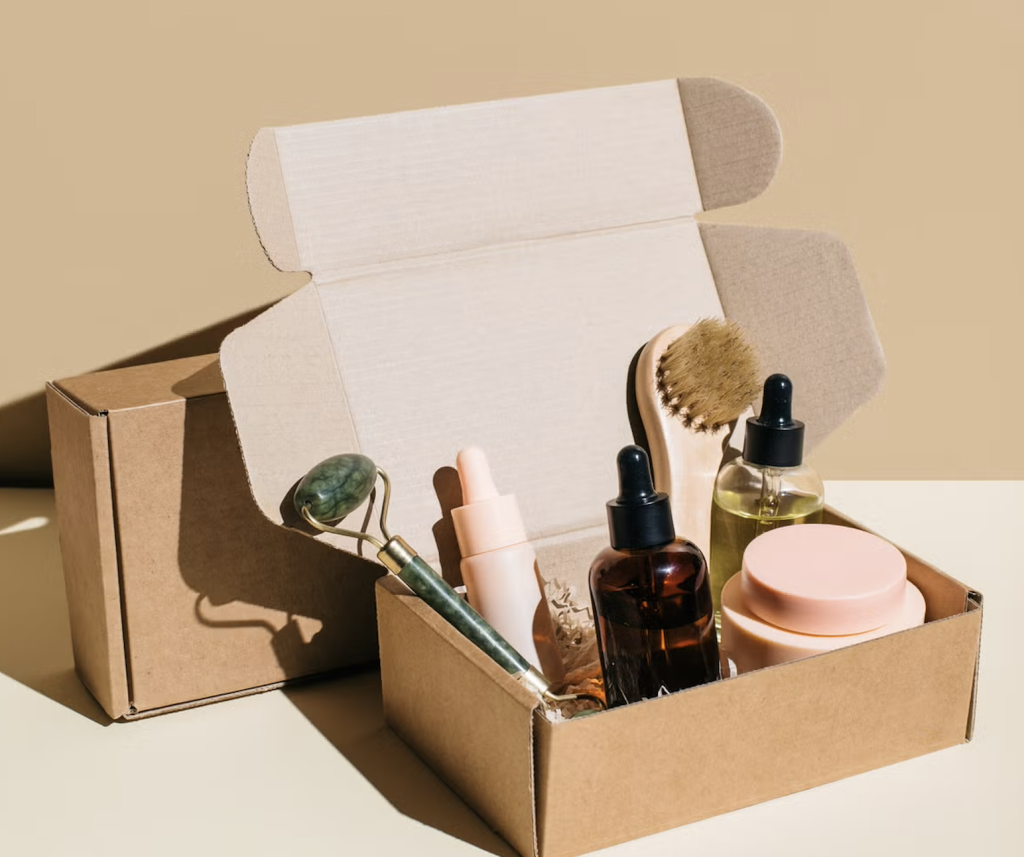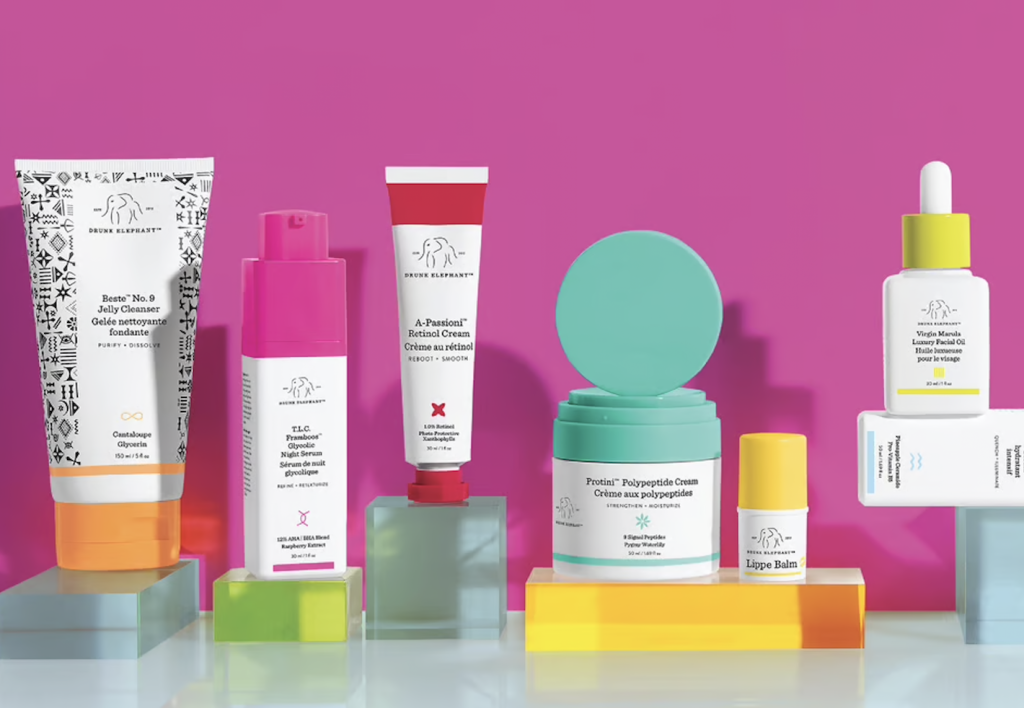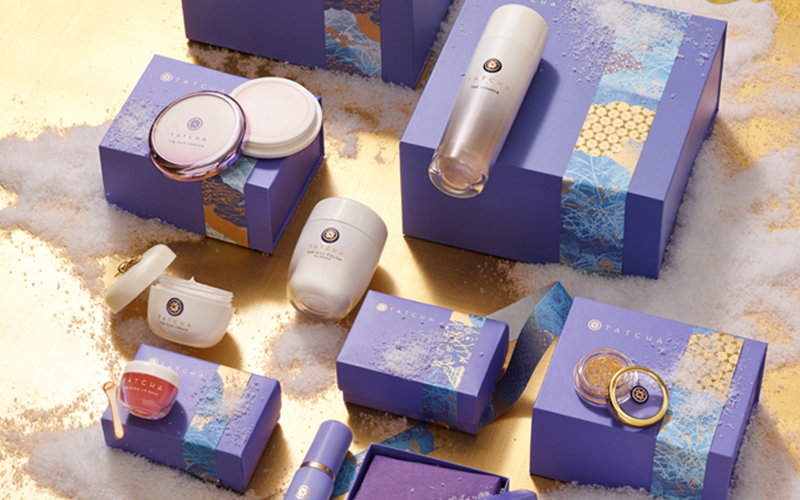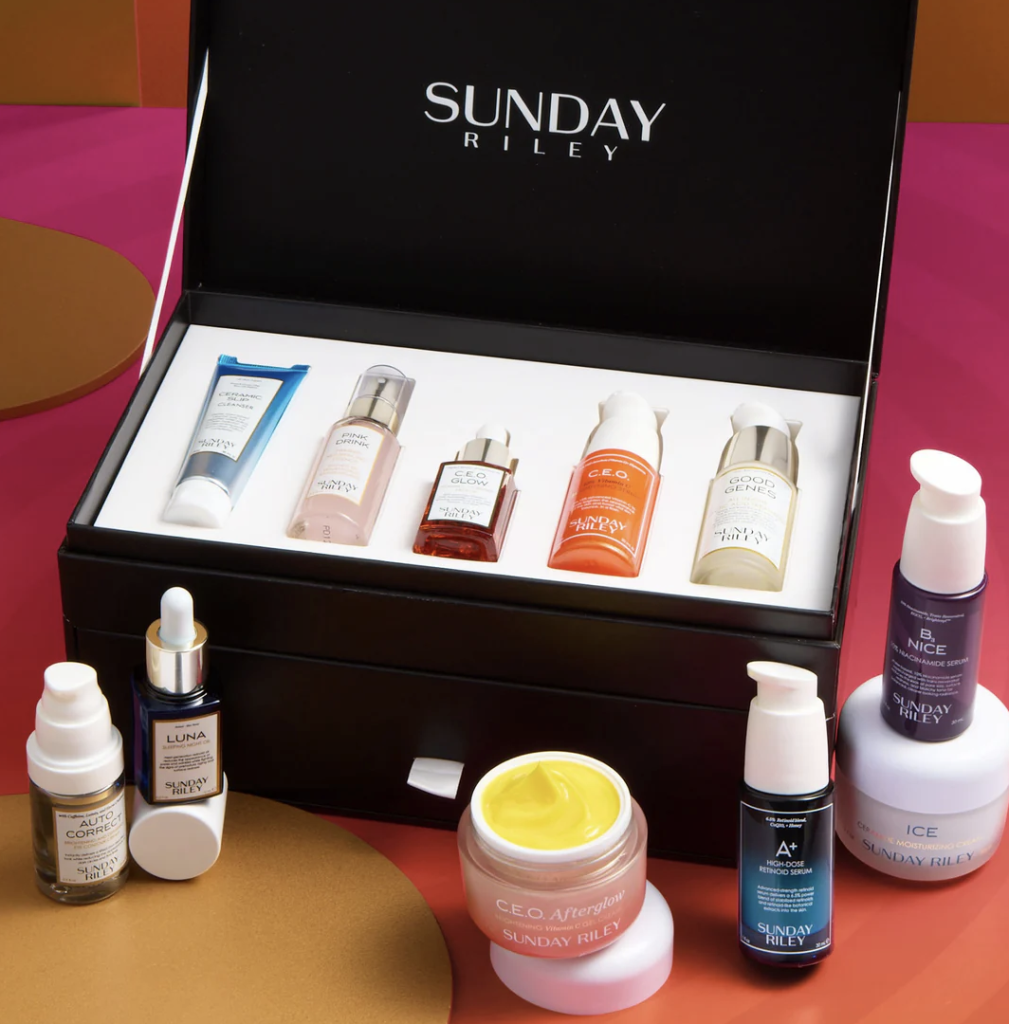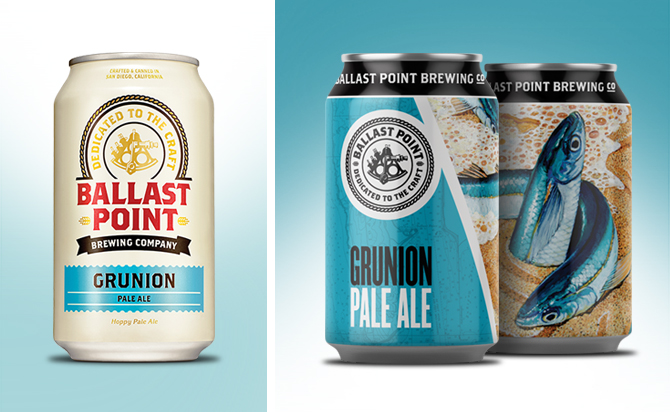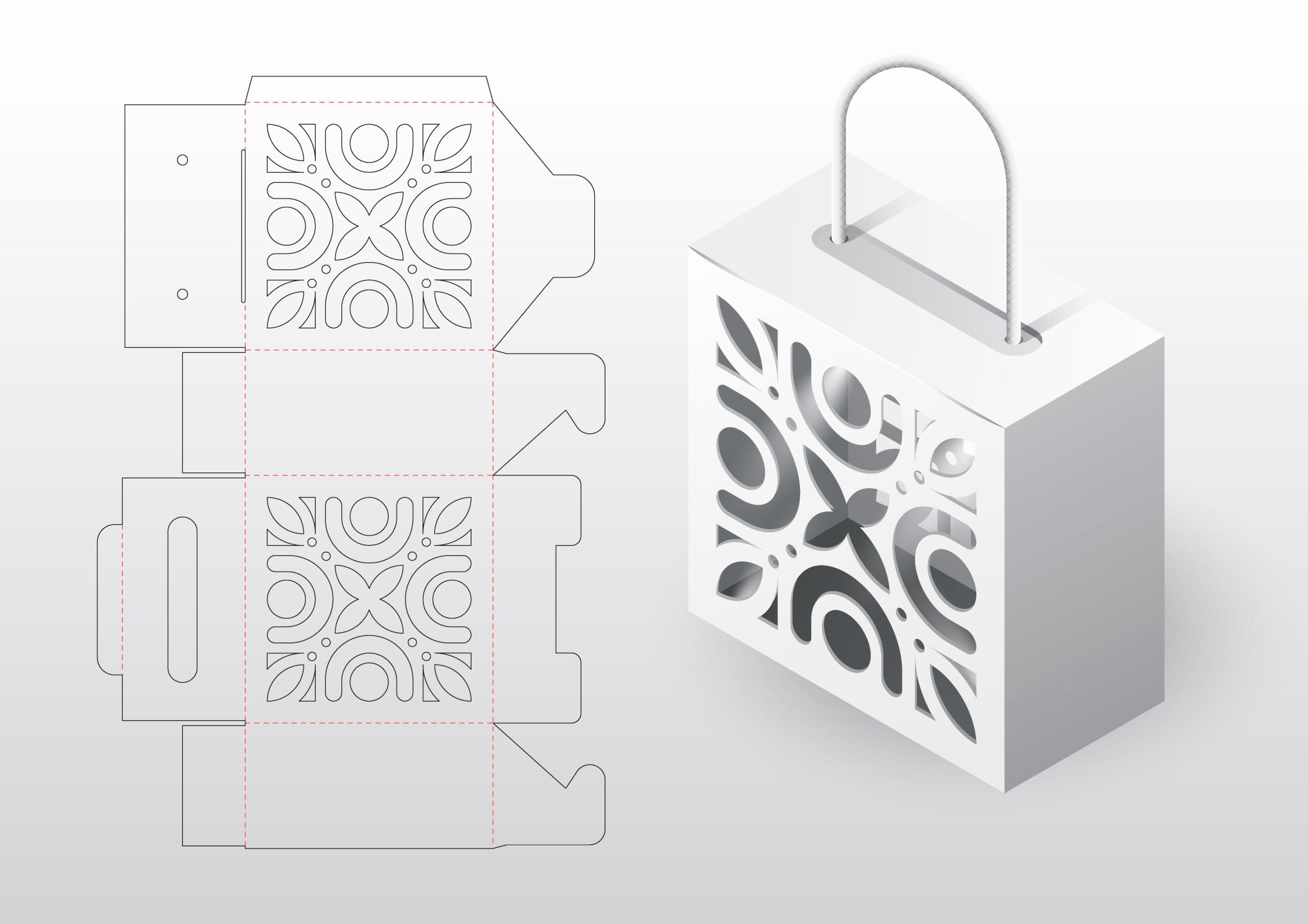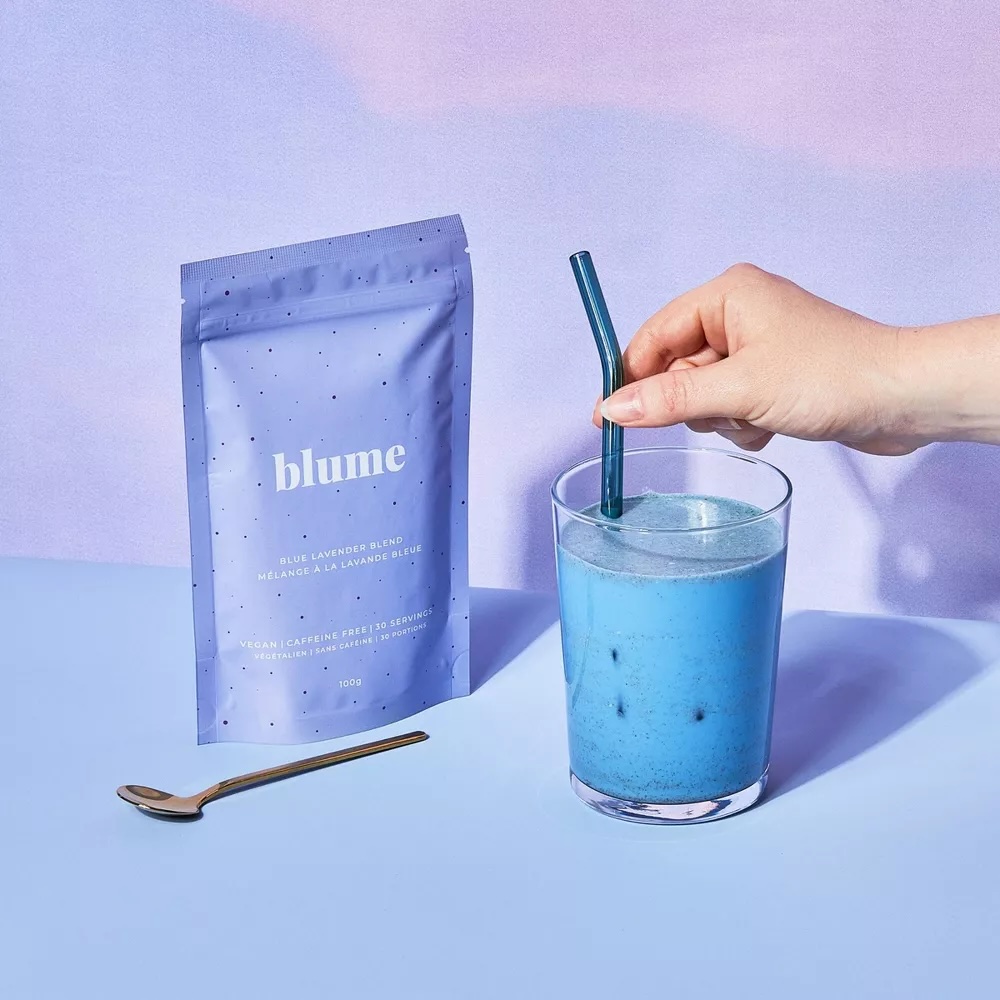Primary vs. Secondary Packaging in Skincare
Before we get into the specifics of packaging design, it’s important to distinguish between primary and secondary packaging, as both play unique roles in the overall presentation of your skincare product.

Primary Packaging
Primary packaging refers to the direct packaging that holds the skincare product itself. This could include bottles, jars, tubes, or pumps—anything that directly holds the product inside. Primary packaging is primarily concerned with product integrity, functionality, and ease of use. For example, a sunscreen might come in a sturdy, eco-friendly bottle or tube, which is easy to dispense.
Secondary Packaging
Secondary packaging is the outer packaging that often surrounds the primary packaging. It is usually what customers see on retail shelves and plays a vital role in the branding and visual appeal of the product. Secondary packaging includes boxes, cartons, and printed sleeves, and it provides an extra layer of protection to the product. This packaging is crucial for creating a strong first impression, and it often carries essential product information such as ingredients, usage instructions, and brand messaging.
While primary packaging is focused on the product’s usability, secondary packaging is all about retail appeal—how your product will stand out in a crowded marketplace and grab the attention of consumers on the shelf.
Types of Skincare Packaging
Primary Packaging Options
Tubes
Tubes are commonly used for creams, gels, and lotions. They are lightweight and portable, and offer excellent control over product dispensing. Many skincare brands choose tubes for items like sunscreen or moisturizers, as they are easy to squeeze out and help minimize waste.
Best for: Lotions, face creams, sunscreens, and gels.
Jars
Jars are often used for thicker products, such as face masks and night creams. They offer a luxurious feel and are ideal for high-end skincare lines. However, jars do have a downside in that they can be less hygienic, as users need to dip their fingers into the product.
Best for: Face masks, balms, body butters, and thick creams.
Pumps & Dispensers
Pumps are ideal for liquid skincare products like serums and cleansers, ensuring controlled dispensing and minimizing product waste. Airless pumps are particularly popular, as they help preserve the product’s integrity.
Best for: Serums, facial cleansers, and toners.
Glass Bottles
Glass bottles are a staple for premium products. They’re commonly used for oils, serums, and toners and are perfect for conveying high-end luxury. They also help preserve the effectiveness of certain sensitive ingredients.
Best for: Serums, facial oils, toners, and luxury skincare.
Secondary Packaging Options
While primary packaging serves the product itself, secondary packaging is what will likely catch the shopper’s eye in a retail setting. It’s the packaging that customers interact with when browsing on a shelf, making it critical for first impressions.
Boxes & Cartons
Boxes are perhaps the most common form of secondary packaging. They provide protection for the product and allow for creative design. Many skincare brands use boxes to reinforce their brand identity, display vibrant colors, and provide information about the product. Cartons are also great for eco-friendly packaging if made from recyclable materials.
Best for: Gift sets, luxury skincare lines, and products that need to convey premium quality.
Printed Sleeves
Printed sleeves are often used for individual skincare products, and they can fit over glass bottles, jars, or tubes. This packaging method is cost-effective and allows for large-scale printing of vibrant designs. Sleeves also provide ample space for branding, product details, and usage instructions.
Best for: Serum bottles, lotions, and oils that need branded detailing.
Rigid Boxes & Tins
For a truly premium presentation, rigid boxes and tins can be used as secondary packaging. These options offer a more substantial, durable feel, which appeals to customers looking for luxurious, high-end products. Rigid boxes often accompany limited edition skincare items or exclusive releases.
Best for: High-end skincare products, luxury gift sets, and exclusive collections.
Color Schemes and Finishes for Skincare Packaging
The choice of colors and finishes plays a huge role in influencing how customers perceive the product. A successful skincare brand typically uses colors that reflect their values and resonate with their target audience.
Color Schemes
- Neutral Colors: Soft neutrals like white, beige, and light gray evoke purity, cleanliness, and simplicity, making them perfect for organic and minimalist skincare brands.
- Vibrant Shades: Colors like vibrant greens, blues, and pinks can create a playful, energetic feel, ideal for brands targeting younger audiences or those with fun, youthful energy.
- Metallic & Luxe Colors: Gold, silver, and rose gold can enhance the perceived value of a product, making it appear more premium or luxurious.
Finishing Options
- Matte Finishes: A matte finish on both primary and secondary packaging communicates a sophisticated, understated luxury.
- Glossy Finishes: Glossy finishes on secondary packaging can make the product stand out on retail shelves by creating an eye-catching shine.
- Embossing & Debossing: Adding texture to your packaging with embossing or debossing can make the design feel more tactile and premium, adding to the unboxing experience.
Retail Appeal and Branding Strategy
When designing skincare packaging for retail, consider the following factors to create a compelling product:
Brand Consistency
Make sure that the design of both primary and secondary packaging aligns with your brand’s messaging and target audience. From the logo to the typography to the imagery, everything should reflect your brand identity and foster trust with consumers.
Eco-Friendly Packaging
Sustainability is a growing concern among skincare consumers. Using eco-friendly materials, such as recyclable cardboard for secondary packaging or biodegradable plastics, can make your product more attractive to environmentally-conscious customers.
First Impressions
The secondary packaging is often what will make the first impression in a store, so make sure it stands out. Use bold colors, unique shapes, and high-quality finishes to grab the attention of potential customers browsing the shelves.
Top 5 Skincare Brands with the Best Packaging
Now, let’s highlight five skincare brands that excel at both primary and secondary packaging. These brands not only produce high-quality skincare products but also create packaging that’s visually appealing and on-brand.
1. Colorescience
Colorescience’s packaging combines elegance with functionality. Their primary packaging, often housed in airless pumps, offers both hygiene and luxury. Their secondary packaging reflects the brand’s focus on skin science, with clean lines and a modern, professional aesthetic. Colorescience is a perfect example of how to balance performance and appeal through great packaging.
2. Drunk Elephant
Drunk Elephant’s vibrant, bold packaging reflects the fun and youthful energy of the brand. The brand uses a bright color palette for both primary and secondary packaging, making their products easily recognizable. Their simple yet impactful design ensures they stand out on any shelf.
3. Aesop
Aesop’s iconic brown glass bottles paired with understated, elegant secondary packaging make the brand stand out. The earthy tones and minimal design evoke the brand’s philosophy of quality and timelessness. Aesop’s packaging feels premium and refined, perfect for a luxury skincare line.
4. Tatcha
Tatcha combines exquisite primary packaging with equally beautiful secondary packaging. Their luxurious glass jars and ornate boxes feel like gifts, making the unboxing experience an essential part of the customer journey. Tatcha’s packaging is a true reflection of their dedication to tradition and quality.
5. Sunday Riley
Sunday Riley uses sleek, modern packaging that exudes both playfulness and luxury. Their clean, minimalist design, coupled with vibrant pops of color, ensures that their products make an immediate impact on the shelf. The brand’s secondary packaging is just as striking, making their products an irresistible option for skincare enthusiasts.
By focusing on both primary and secondary packaging design, you can create a skincare product that not only performs well but also captivates customers with its retail appeal. From choosing the right materials and finishes to ensuring your product looks great on store shelves, the design process plays an essential role in your brand’s success.
